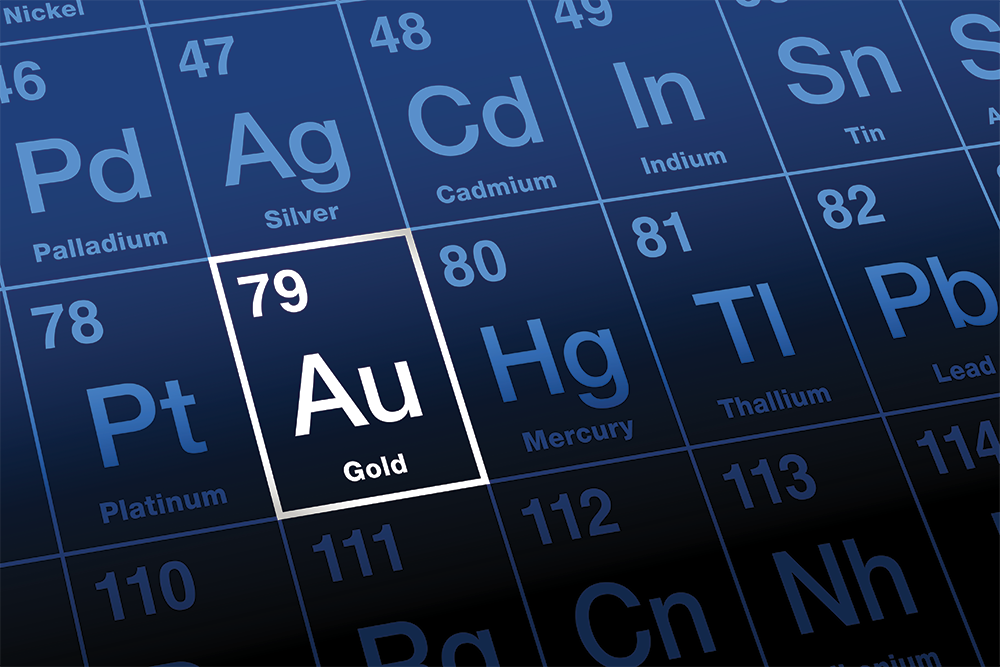
The Indispensable Elements: A Deep Dive into Rare Earths
Rare earth elements (REEs) are a group of 17 metallic elements, including the 15 lanthanides on the periodic table, plus scandium and yttrium. Despite their name, they are not particularly rare in the Earth’s crust. Their “rare” designation stems from the fact that they are rarely found in concentrations high enough to make mining economically viable. Their unique physical, chemical, magnetic, and luminescent properties have made them indispensable to modern technology and a critical factor in global geopolitics.
What Makes Them So Valuable?
Rare earths are the unseen workhorses of our digital age and the burgeoning green economy. They are essential components in a vast array of high-tech applications, from the devices in our pockets to the advanced military hardware that secures nations.
- Electronics and Displays: REEs are crucial for creating the vibrant colors in LCD and LED screens for smartphones, televisions, and computer monitors. Europium, for example, is used to produce the red and blue phosphors in many displays.
- Magnets: Neodymium-iron-boron magnets are the strongest known magnets and are vital for countless applications where space and weight are at a premium. They are found in computer hard drives, wind turbines, electric vehicles (EVs), and a variety of conventional automotive systems like power steering and electric windows.
- Clean Energy: As the world transitions to renewable energy, the demand for rare earths is skyrocketing. Wind turbines and EVs rely heavily on powerful rare-earth magnets to convert motion into electricity and vice versa.
- Catalysts and Alloys: Cerium-based catalysts are used in automotive catalytic converters to reduce exhaust pollution, while lanthanum is used to refine petroleum. REEs are also alloyed with other metals to create high-strength materials used in aerospace and other industries.
- Defense and Aerospace: The unique properties of rare earths make them essential for military technology, including laser guidance systems, advanced radar, and stealth technology. An F-35 fighter jet, for instance, requires over 400 kilograms of rare-earth materials.

The Mining and Processing Challenge
While rare earths are abundant, extracting and processing them is a complex and environmentally intensive process. The elements are typically dispersed in ore bodies and are often mixed with radioactive elements like uranium and thorium. The extraction and separation process involves several steps:
- Mining and Crushing:
Ores are mined and crushed into a fine powder. - Concentration:
Standard processes like magnetic or electrostatic separation and flotation are used to separate the REEs from other minerals. - Chemical Processing:
This is the most challenging and environmentally hazardous stage. The concentrated ore is treated with strong acids or bases to dissolve the rare earths. This process can create large quantities of wastewater and toxic residue. - Separation:
Once dissolved, the individual rare-earth elements must be separated from each other, a difficult task due to their similar chemical properties. This is typically done through solvent extraction or ion exchange, which requires a significant amount of chemicals and energy.
Environmental and Geopolitical Concerns
The environmental consequences of rare-earth mining and processing are significant. The use of harsh chemicals can contaminate local soil and water, leading to the release of heavy metals and radioactive materials into the environment. This can have severe health implications for local communities, as seen in areas of China where decades of mining have led to soil and water pollution. The creation of toxic ponds of radioactive residue, known as tailings, is a major environmental hazard.
On a geopolitical level, the rare-earth industry is dominated by a single player: China. China controls a vast majority of the world’s rare-earth processing and refining capacity, giving it a powerful leverage over global supply chains. This has been a source of concern for Western nations, which are heavily dependent on these materials for their economies and military security.
In response, countries like the United States, Japan, and members of the European Union are actively seeking to diversify their supply chains. This includes:
- Developing new domestic mines and processing facilities.
- Forming international alliances with nations that have significant rare-earth deposits, such as Australia and Canada.
- Investing in recycling technologies to recover rare earths from e-waste.
- Exploring substitute materials for some applications.
The quest for rare earths is a critical part of the global economic and political landscape. As the world becomes more technologically advanced and committed to a green future, the demand for these “indispensable elements” will only continue to grow, making their sustainable and secure supply a paramount challenge for the coming decades.

